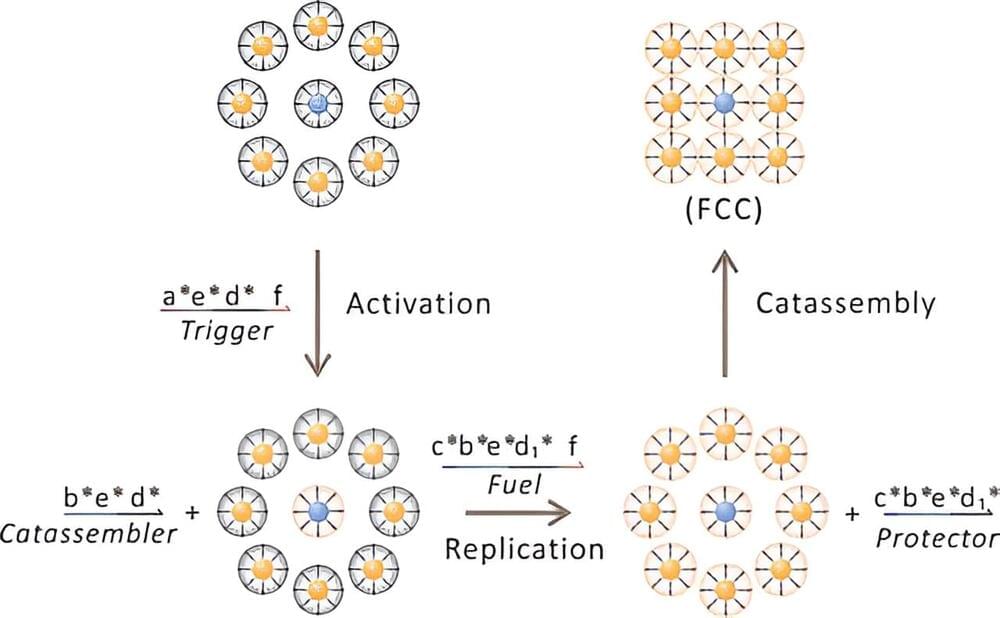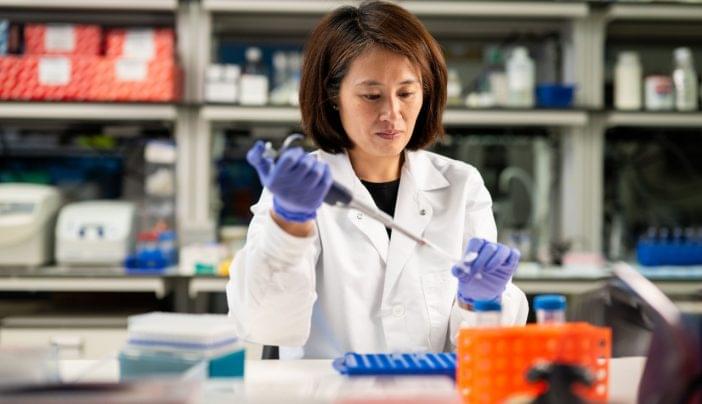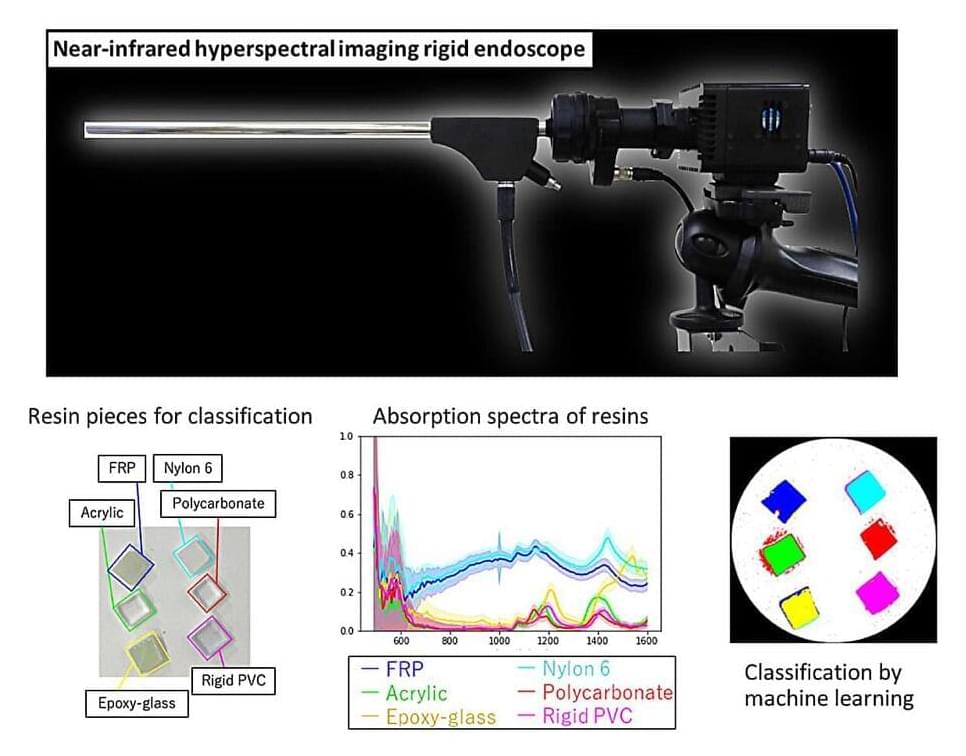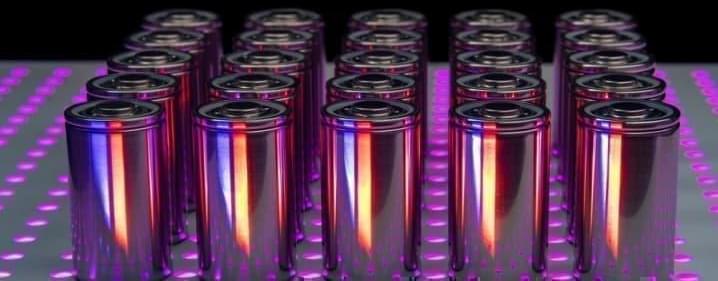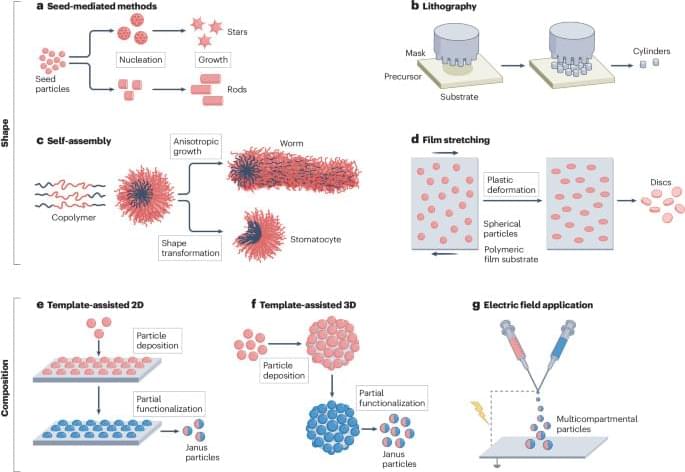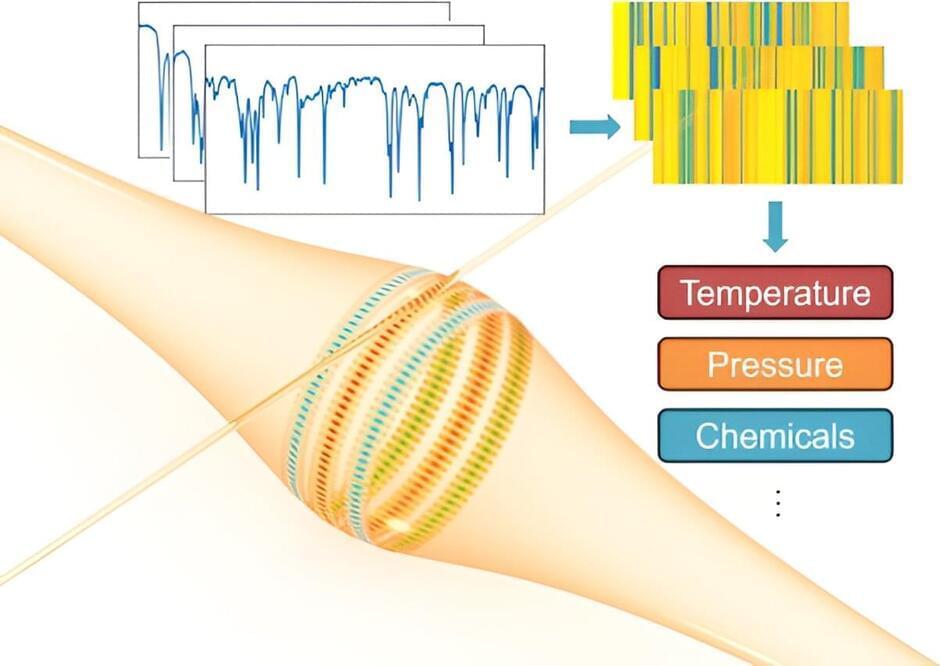A research team led by the late Professor Liang Haojun from the Hefei National Laboratory for Physical Sciences at the Microscale of University of Science and Technology of China (USTC) has developed a facile enthalpy-mediated strategy to precisely control the replication and catalytic assembly of DNA-functionalized colloids in a time-dependent manner, facilitating the creation of large-scale ordered nanomaterials. The study was published in Angewandte Chemie International Edition.
The replication of information is a fundamental characteristic of nature, with nucleic acids playing a crucial role in biological systems. However, creating synthetic systems that can produce large-scale, three-dimensionally ordered nanomaterials using self-replicating nanostructures has remained a formidable challenge.
Existing artificial self-replicating systems often fall short in programmable assembly into sophisticated nanostructures, limiting their potential functions and applications.
